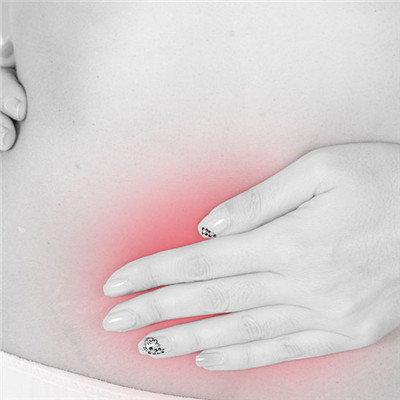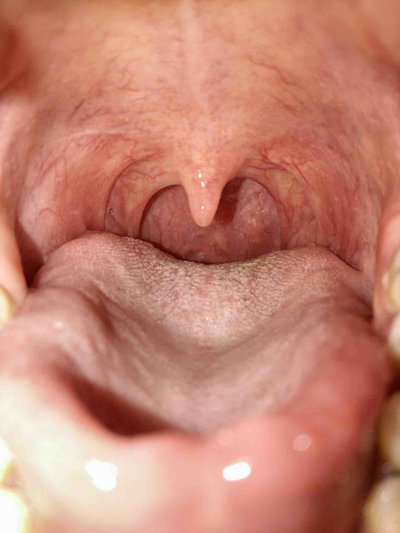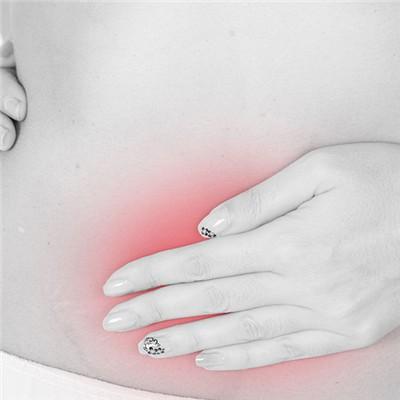Ciguatoxin poisoning symptoms?
summary
Polyether neurotoxin, a macromolecular toxin accumulated in fish due to ingestion of a large number of highly toxic algae, is 100 times more toxic than tetrodotoxin. It is one of the known harmful biological toxins of red tide. Three types of ciguatoxin have been found, namely Pacific ciguatoxin, Caribbean Sea ciguatoxin and Indian ciguatoxin. Ciguatoxin poisoning symptoms? Let's talk about it.
Ciguatoxin poisoning symptoms?
Ciguatoxin (ciguatoxin, also known as ciguatoxin) comes from cigua fish. It was first discovered from cigua fish by Professor scgeuer of the University of Hawaii in 1960s. The toxin has been isolated from more than 400 species of fish, but its real source is gambierdicus toxicus. Ciguatoxin is a kind of fat soluble high ether substance, with very strong toxicity, which is 100 times stronger than tetrodotoxin. It is one of the known harmful biological toxins of red tide. It is colorless, tasteless, fat soluble, insoluble in water, heat-resistant, and not easy to be damaged by gastric acid. It mainly exists in the internal organs and muscles of coral fish, especially in the internal organs. Three types of ciguatoxin have been found, namely Pacific ciguatoxin, Caribbean ciguatoxin and Indian ciguatoxin. Ciguatoxin is one of the most toxic toxins known to mammals both in quantity and toxicity.

The harm of ciguatoxin to human body is mainly caused by eating herbivorous fish and carnivorous fish containing ciguatoxin. Since the 1980s, with the increase of human dependence on marine protein, the number of ciguatoxin poisoning in the world has reached more than 50000 per year. In the past, human poisoning caused by ciguatoxin was limited to the Caribbean and the Pacific region between 35 ′ N and 35 ′ S. however, there is evidence that ciguatoxin can also affect other regions due to the migration of fish and the expansion of trade in fish products. Ciguatoxin poisoning often occurs in the South China Sea Islands, Taiwan Strait and Hong Kong. Ciguatoxin has become a major obstacle to the development of fishery economy and public health. However, due to the lack of corresponding detection standards for ciguatoxin, the detection is still in the research stage. As of 2006, cigua2check, a commercial kit produced in the United States, can not be used for quantitative detection.

Ciguatoxin is a group of thermally stable and lipophilic highly oxidized ladder polyether with molecular weight of 1000-1150. At first, Scheuer group of the University of Hawaii isolated 1.3 mg of pure ciguatoxin by HPLC from 75 kg viscera of 1100 kg eel, and determined its molecular weight. Unfortunately, the structural formula could not be determined at that time. In 1989, he worked as a postdoctoral fellow in Scheuer group of the University of Hawaii in the United States. Professor an Yuanjian of Northeastern University in Japan and his assistant, Daoxiong Murata, isolated 0.35 mg of pure eel from 1255 kg viscera of 4000 kg eel and determined its structure by nuclear magnetic resonance (NMR).

matters needing attention
The distribution of ciguatoxin in fish is uneven, mainly concentrated in viscera, gonad and head, especially in viscera, but relatively low in fish meat and bone. Therefore, when eating marine fish, especially coral reef fish, it is better not to eat viscera and other parts. People who have been poisoned by ciguatoxin for many times will not be immune, on the contrary, they are more likely to be poisoned again, so it is not suitable to eat coral reef fish after poisoning.














